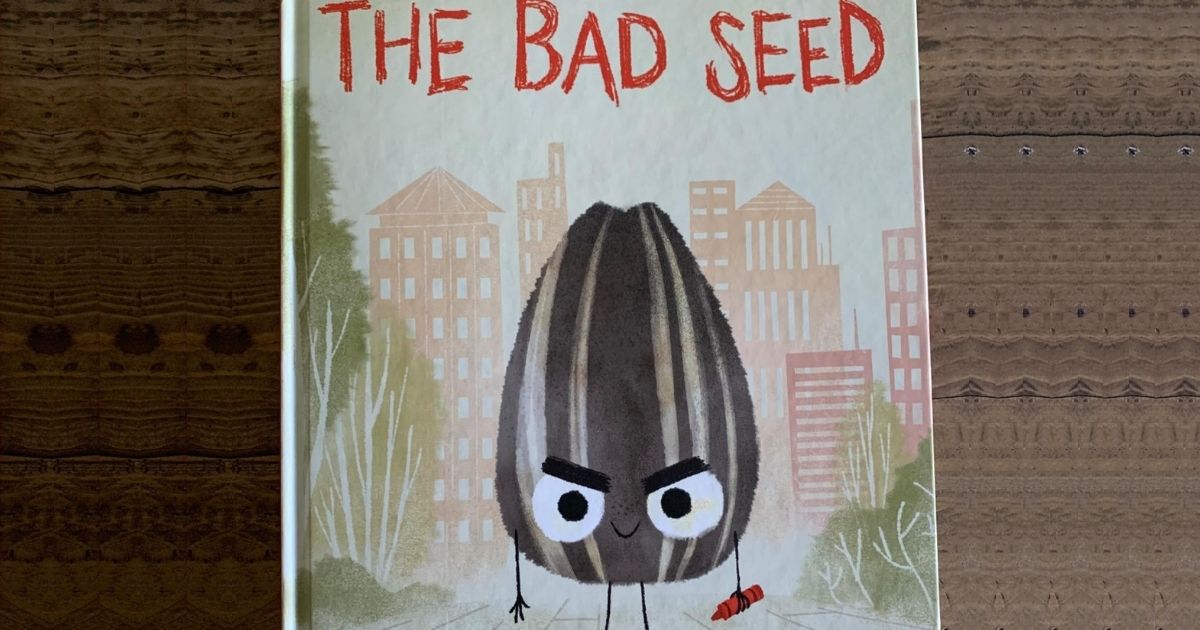
I am so glad I put everything down and gave this sinister little book another look.

It’s the classic debate of ‘nature versus nurture’. The deeper Christine researches the mind of murderers, especially female serial killers, she begins to trace her own family tree, which reveals a horrible, shocking truth. This does not go unnoticed by Christine’s neighbor, who thinks the world of her and Rhoda. As Christine becomes more aware of her daughter’s lack of conscience, the coldness in her, she becomes increasingly anxious. Christina begins to have dark thoughts about her daughter’s peculiar behavior, which sparks a sudden keen interest in crimes and those who commit serial murder. The summer gets off to a tragic beginning, when a little boy in Rhoda’s class dies. With her husband away on business for an entire summer, Christine is alone with her smart, clever, and precocious, eight -year old daughter, Rhoda. Sometimes it lay deeply hidden, sometimes it lay close to the surface but always it was there, ready to appear, under the right conditions, in all its irrational dreadfulness.” “It seemed to her than violence was an inescapable factor of the heart, perhaps the most important factor of all- an ineradicable thing that lay, like a bad seed, behind kindness, behind compassion, behind the embrace of love itself.

It’s not a supernatural thriller, but is spine tingling, and hair raising, all the same- even after all these years. I’m glad I picked this one as part of my October/Halloween reading this year.

While I remembered the basics of the story, I’d forgotten most of the finer details that made this book such a fantastic thriller. I read this book decades ago, and later watched the 1956 film version. However, there is always one child that makes the list every single time: little Rhoda Penmark.

If you do a Google search for a list of ‘Evil Children’ in literature, you’ll get an eclectic, and interesting group of lists. However, evil children became a popular horror novel trope beginning in the fifties and reaching an epic peak in the seventies.Įvil children still make an appearance in movies and novels, never completely going out of style, and of course, are not solely confined to the horror or thriller categories. Matilda from ‘The Monk’ by Matthew Lewis ,written back in 1796, for example. This book was originally published in 1954.Įvil children can be found in literature, going back centuries. The Bad Seed by William March is a 1972 Dell publication.


 0 kommentar(er)
0 kommentar(er)
